The concept of spectral composition through natural harmonics represents a fascinating intersection of physics, mathematics, and musical creativity. This approach to composition delves into the inherent properties of sound waves, exploiting the harmonic series to create rich, organic textures. Unlike traditional compositional methods that rely heavily on predefined scales and tonal systems, spectral composition embraces the raw acoustic phenomena found in nature. The result is music that feels both ancient and avant-garde, rooted in the fundamental laws of vibration while pushing the boundaries of contemporary expression.
At the heart of this technique lies the harmonic series, a sequence of frequencies that occur naturally when any resonant body vibrates. When a string or column of air is set into motion, it doesn't produce just one pure tone but a constellation of overtones. These harmonics follow a precise mathematical relationship, with each subsequent overtone being a whole-number multiple of the fundamental frequency. Composers working with spectral techniques don't merely use these overtones as decorative elements; they build entire compositional architectures upon them, allowing the harmonic spectrum to dictate form, timbre, and harmonic progression.
The implementation of natural harmonics in composition requires both scientific understanding and artistic sensitivity. Modern composers often begin with spectral analysis of acoustic sounds, using software to visualize and manipulate the harmonic content. This analytical phase might involve studying the complex overtone structures of traditional instruments or environmental sounds. However, the true artistry emerges in how these spectral fingerprints are translated into musical material. Some composers create synthetic approximations of harmonic spectra using instrumental combinations, while others employ electronic means to amplify and isolate specific harmonic components.
Instrumentation plays a crucial role in realizing spectral compositions. Certain instruments lend themselves particularly well to harmonic exploration due to their rich overtone content. The violin family, for instance, allows for extensive manipulation of natural harmonics through light finger touches at nodal points. Brass instruments can produce brilliant harmonic series through lip control alone. Even the human voice, with its capacity for subtle overtone singing techniques, becomes a powerful vehicle for spectral music. The choice of instruments often determines how clearly the harmonic series can be articulated within a composition.
Electronic and computer music technologies have dramatically expanded the possibilities for spectral composition. Digital signal processing allows composers to isolate, amplify, or suppress specific harmonics with surgical precision. Granular synthesis techniques enable the manipulation of sound at the microlevel of individual harmonics. Meanwhile, physical modeling synthesis can recreate the complex interplay of harmonics found in acoustic instruments. These technological tools don't replace traditional instruments but rather provide additional means to explore and express harmonic phenomena that might otherwise remain theoretical.
The aesthetic implications of spectral composition are profound. Music created through this approach often possesses a unique sonic signature - simultaneously familiar and otherworldly. The harmonic series provides a natural coherence to the music, while the emphasis on overtone relationships creates textures that shimmer with acoustic energy. Listeners frequently describe the experience as immersive, as if the sound itself has physical presence and dimension. This quality makes spectral composition particularly effective in spatial music contexts, where sound sources move through physical environments.
Educational institutions and research centers have begun recognizing the importance of spectral music studies. Conservatories now offer specialized courses in harmonic analysis and spectral techniques, while computer music laboratories develop new tools for spectral manipulation. This academic interest reflects a broader recognition that understanding sound at its most fundamental level - as vibrational energy with inherent harmonic properties - can lead to innovative musical expressions. The study of natural harmonics bridges the gap between scientific acoustics and artistic creation, fostering a new generation of composers equally comfortable with Fourier transforms and musical aesthetics.
As technology continues to evolve, so too do the possibilities for spectral composition. Machine learning algorithms can now analyze and generate complex harmonic spectra, opening new avenues for exploration. Virtual reality environments allow for immersive experiences where listeners can virtually "enter" harmonic structures. Meanwhile, advances in acoustic instrument design create new possibilities for harmonic expression. The future of spectral music likely lies in hybrid approaches that combine the best of acoustic tradition with cutting-edge technology, all while remaining grounded in the beautiful mathematical realities of natural harmonics.
The resurgence of interest in natural harmonics represents more than just another compositional trend. It signifies a return to first principles - a recognition that some of the most revolutionary musical ideas may come not from rejecting nature's laws, but from understanding and embracing them more deeply. As composers continue to explore the vast potential of the harmonic series, they reaffirm music's fundamental connection to the physics of our universe while simultaneously expanding the boundaries of human creativity.

By /Jul 17, 2025

By /Jul 17, 2025

By /Jul 17, 2025

By /Jul 17, 2025
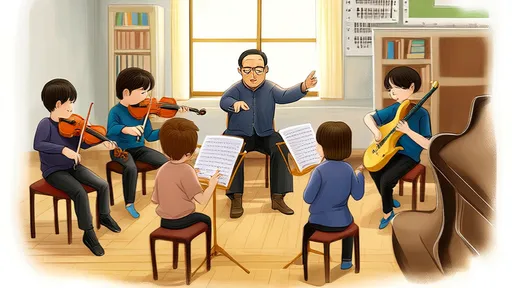
By /Jul 17, 2025
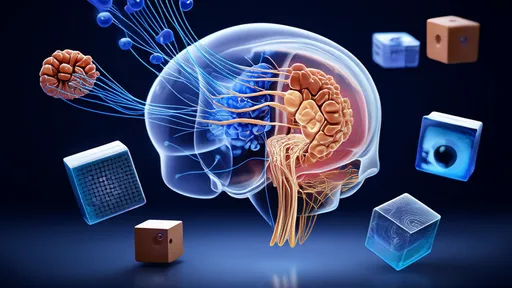
By /Jul 17, 2025

By /Jul 17, 2025

By /Jul 17, 2025
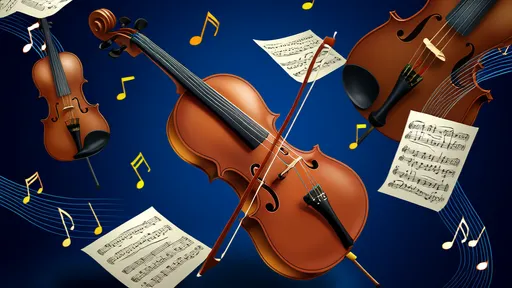
By /Jul 17, 2025
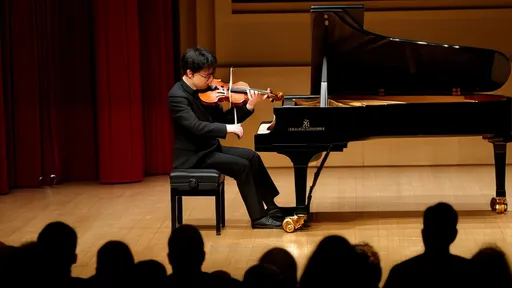
By /Jul 17, 2025
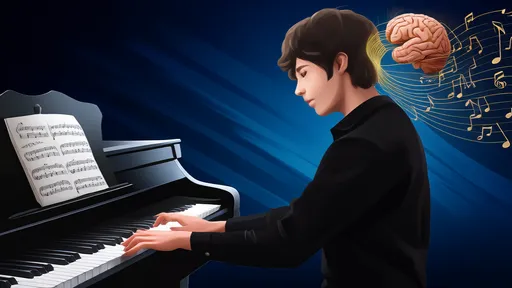
By /Jul 17, 2025
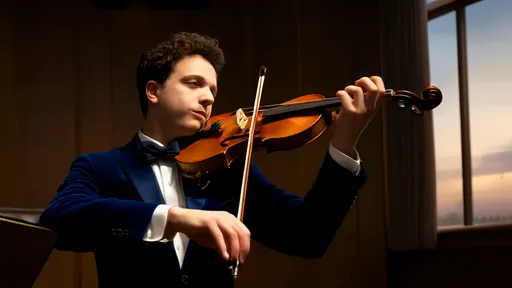
By /Jul 17, 2025

By /Jul 17, 2025

By /Jul 17, 2025

By /Jul 17, 2025
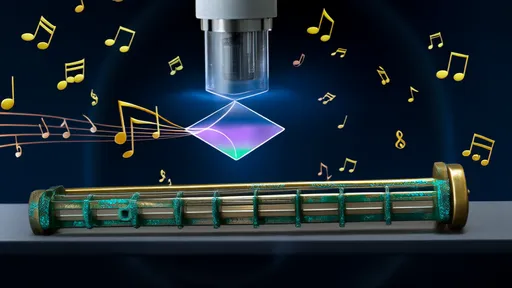
By /Jul 17, 2025
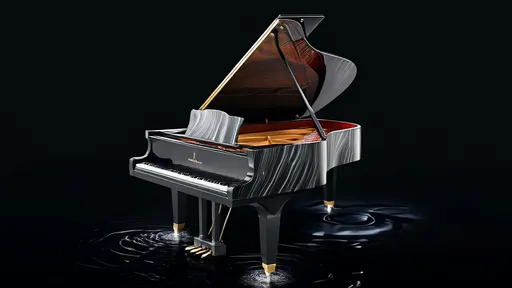
By /Jul 17, 2025
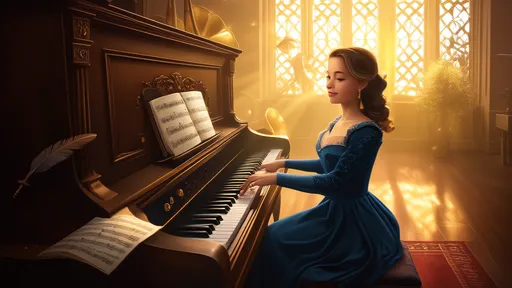
By /Jul 17, 2025